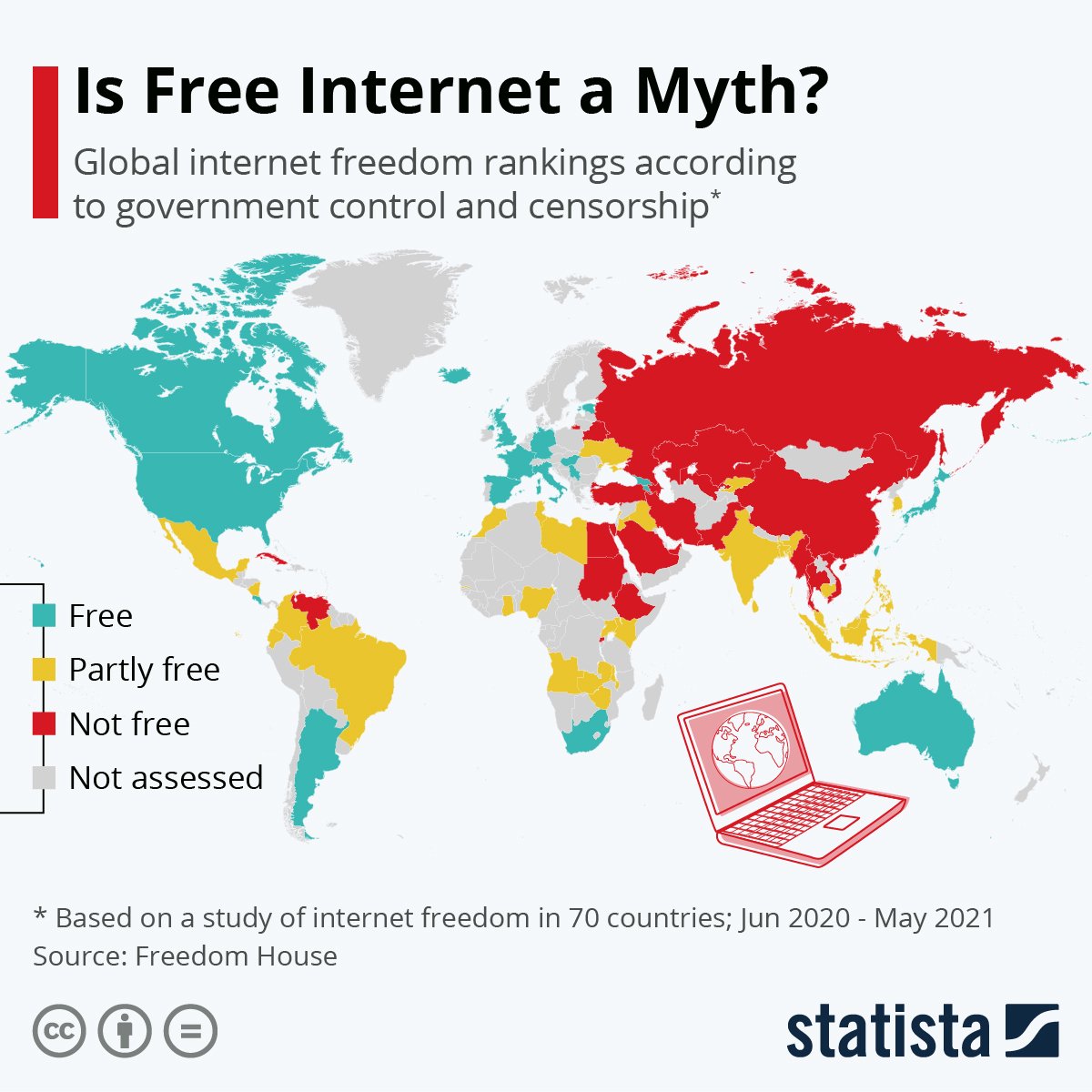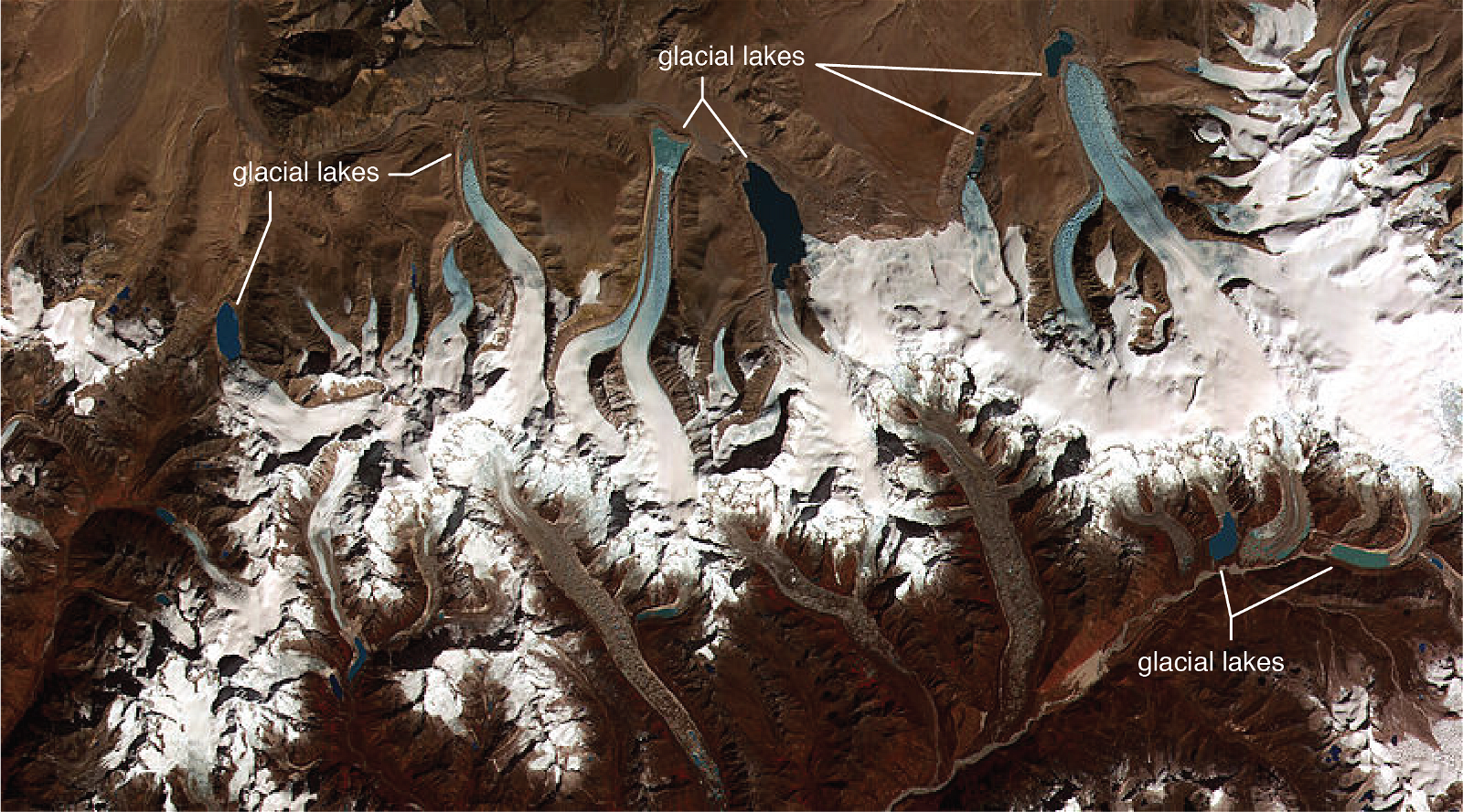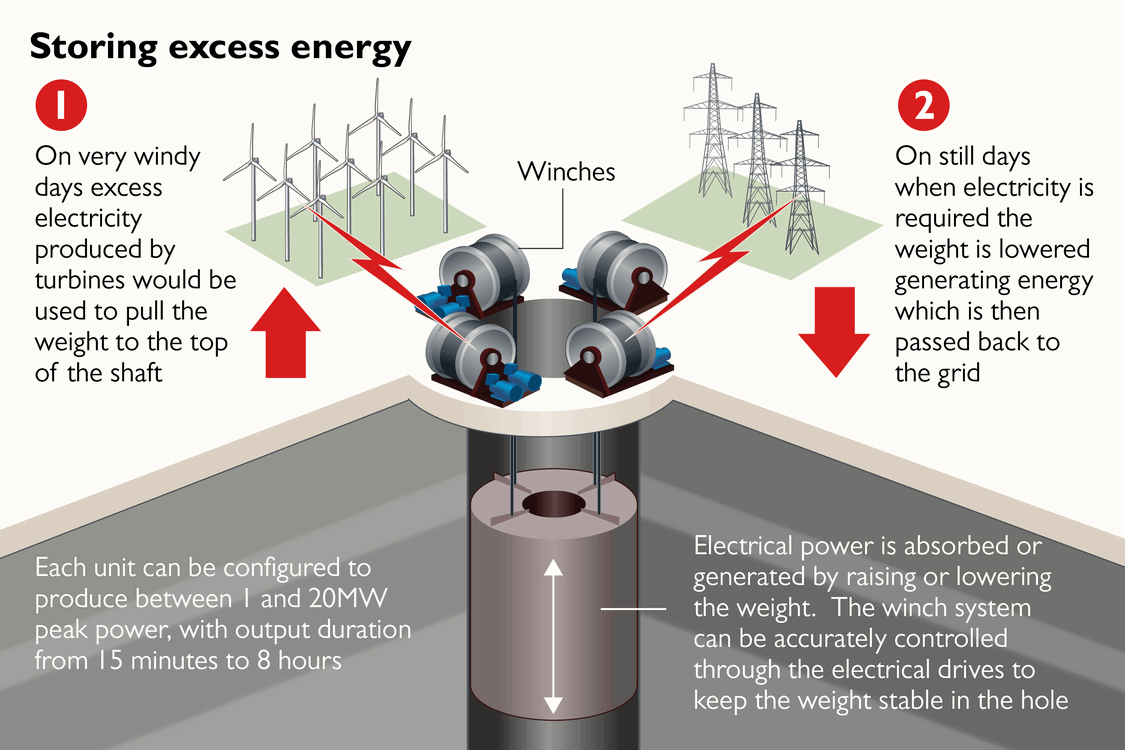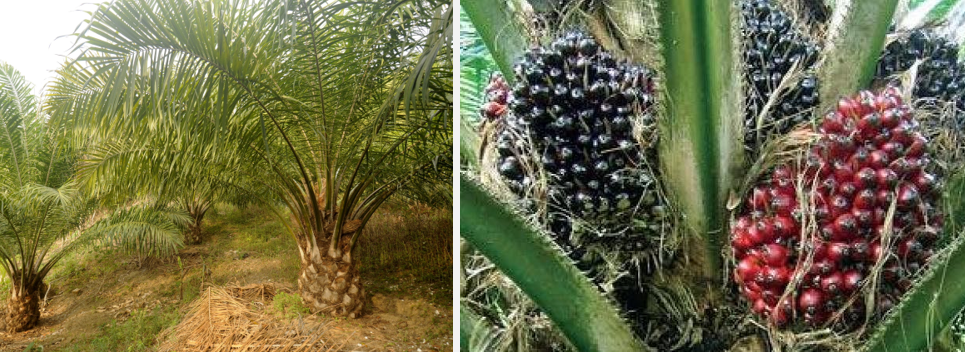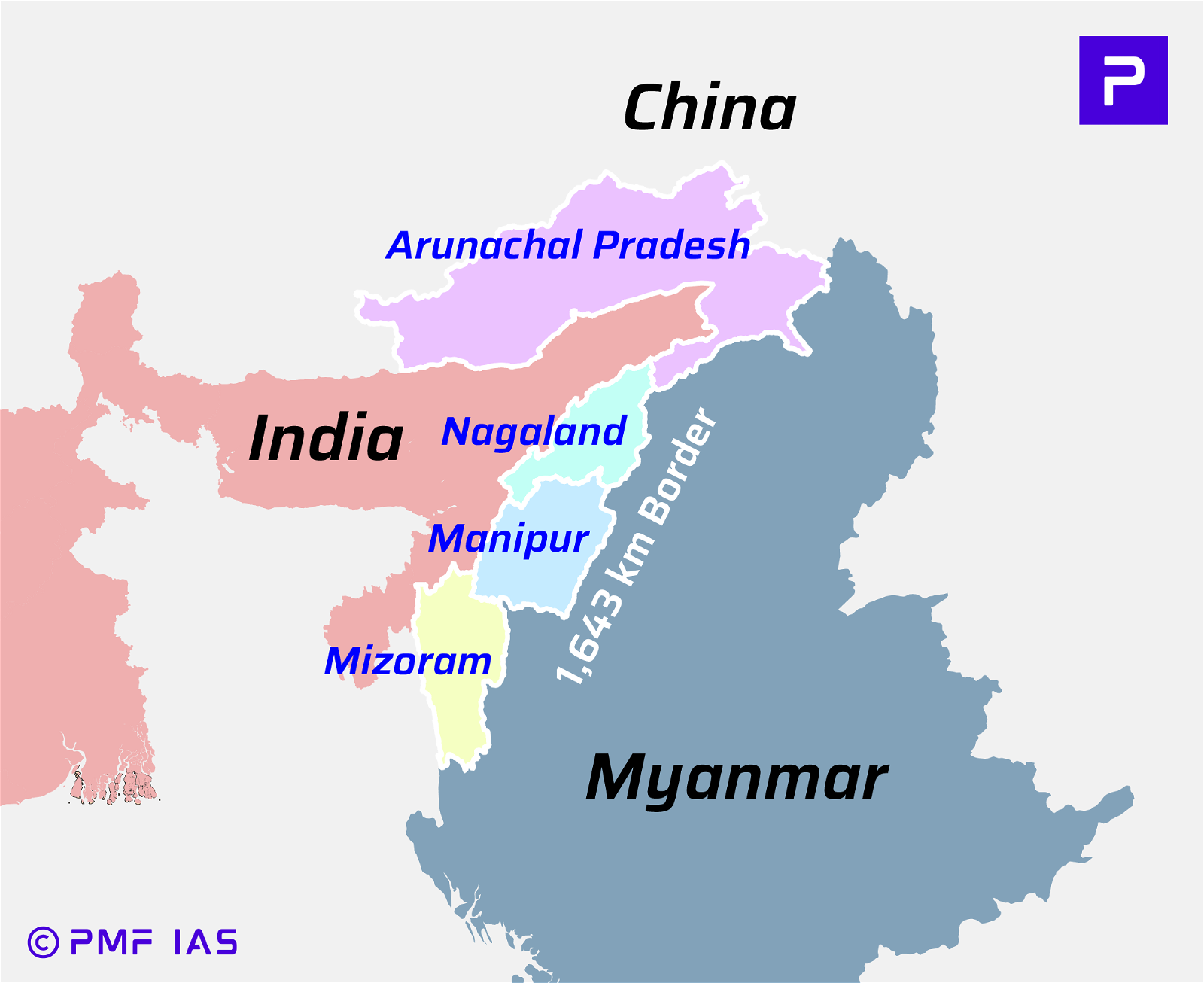
Current Affairs October 12, 2023: New Royalty Rates for Three Critical Minerals, Indian Ocean Rim Association (IORA), India’s Abortion Laws
Subscribers of "Current Affairs" course can Download Daily Current Affairs in PDF/DOC
Subscribe to Never Miss an Important Update! Assured Discounts on New Products!
Must Join PMF IAS Telegram Channel & PMF IAS History Telegram Channel
{GS1 – Geo – EG – Mineral Resources} New Royalty Rates for Three Critical Minerals
- Context (PIB | IE): Cabinet has amended the Mines and Minerals (Development and Regulation) Act, 1957 (MMDR Act 1957) to specify royalty in rates of three critical minerals, namely, Lithium, Niobium, and Rare Earth Elements (REEs).
- Recently through another amendment of MMDR Act 1957, GOI has removed six critical minerals, including lithium and niobium, from the country’s atomic minerals lists to allow private players to mine them.
|
- These changes to the rules build on an earlier move to ease the issuing of mining leases and composite licences for 24 critical minerals.
Critical Minerals
- Critical minerals are essential for economic development and national security.
- The lack of availability of these minerals or the concentration of extraction or processing in a few geographical locations can lead to “supply chain vulnerabilities and even disruption of supplies”.
- A mineral is critical when the risk of supply shortage and associated economic impact is (relatively) higher than other raw materials.
Significance of Lower Royalty Rates of Critical Minerals
- The lower royalty rates will attract private players in mining critical metals. They will bring more capital and new technologies; as a result, domestic production of critical minerals will increase.
- India is currently heavily dependent on imports of these minerals. So, the need to increase their production is a high priority.
- Critical minerals are in highly important for India to move towards green transition and e-mobility.
|
India’s Net Import Dependency of Critical Mineral |
||
| Critical Mineral | Percentage Dependency | Major Import Sources (2020) |
| Lithium | 100% | Chile, Russia, China, Ireland, Belgium |
| Cobalt | 100% | China, Belgium, Netherlands, US, Japan |
| Nickel | 100% | Sweden, China, Indonesia, Japan, Philippines |
| Vanadium | 100% | Kuwait, Germany, South Africa, Brazil, Thailand |
| Niobium | 100% | Brazil, Australia, Canada, South Africa, Indonesia |
| Germanium | 100% | China, South Africa, Australia, France, US |
| Rhenium | 100% | Russia, UK, Netherlands, South Africa, China |
| Beryllium | 100% | Russia, UK, Netherlands, South Africa, China |
| Tantalum | 100% | Australia, Indonesia, South Africa, Malaysia, US |
| Strontium | 100% | China, the US, Russia, Estonia, Slovenia |
| Zirconium(zircon) | 80% | Australia, Indonesia, South Africa, Malaysia, US |
| Graphite(natural) | 60% | China, Madagascar, Mozambique, Vietnam, Tanzania |
| Manganese | 50% | South Africa, Gabon, Australia, Brazil, China |
| Chromium | 2.5% | South Africa, Mozambique, Oman, Switzerland, Turkey |
| Silicon | <1% | China, Malaysia, Norway, Bhutan, Netherlands |
Cirtical Minerals for Which New Royalty Rates are Specified
Lithium
- Lithium is a non-ferrous, soft, silvery-white alkali metal.
- It is also called ‘white gold’ due to its high demand for rechargeable batteries.
Properties
- Under standard conditions, it is the least dense metal and the least dense solid element.
- Like all alkali metals, it is highly reactive and flammable, so it must be stored in vacuum, inert atmosphere, or inert liquid (such as purified kerosene or mineral oil).
- It exhibits a metallic lustre. But it corrodes quickly in the air to a dull silvery grey, then black tarnish.
Occurrence
- It never occurs freely in nature but occurs mainly as pegmatitic minerals.
- Due to its solubility as an ion, it is present in ocean water and commonly obtained from brines (high-concentration salt solution in water).
- Lithium metal is isolated electrolytically from a mixture of lithium chloride and potassium chloride.
|
- Top Producers: 1st Australia > 2nd Chile > 3rd China > 4th Aregentina > 5th Zimbabwe
Uses
- Lithium-ion batteries are used in laptops, mobiles, electric vehicles, wind turbines, solar panels, etc.
- It is used to make alloys with aluminium and magnesium, which are stronger but lighter.
- It is used in nuclear reactions, the ceramics and glass industry, and lubricating greases.
- It is also used for carbon dioxide removal and air purification (esp. in confined areas, such as spacecraft and submarines).
Niobium
- Niobium is a grey metal that looks like steel or, when polished, like platinum.
- Properties: It is soft, ductile, corrosion-resistant, and superconductive (at low temperatures).
- Occurrence: It is primarily obtained from the minerals columbite-tantalite (coltan) and pyrochlore.
- Top Producers of Niobium: 1st Brazil > 2nd Canada > 3rd Rwanda > 4th Nigeria > 5th Mozambique.
- Uses: Nuclear applications, alloys, electronic components, orthopaedic and dental implants, etc.
Rare Earth Elements (REEs)
- REEs are a group of 17 chemical elements that have similar properties.
- They involve 15 Lanthanides group elements, along with Yttrium and Scandium, that show similar physical and chemical properties to the lanthanides.
- REEs are divided into two forms: Heavy (HREEs) and Light (LREEs).
- LREEs are abundant while HREEs are more critical due to their high demand and less availability.
- Among LREEs, Neodymium is the most critical as it is extensively used in all mobile phones, medical equipment and electric vehicles.
- HREEs (like, dysprosium, yttrium and cerium) are critical for clean energy technologies, however, due to their limited supply, they have a small market.
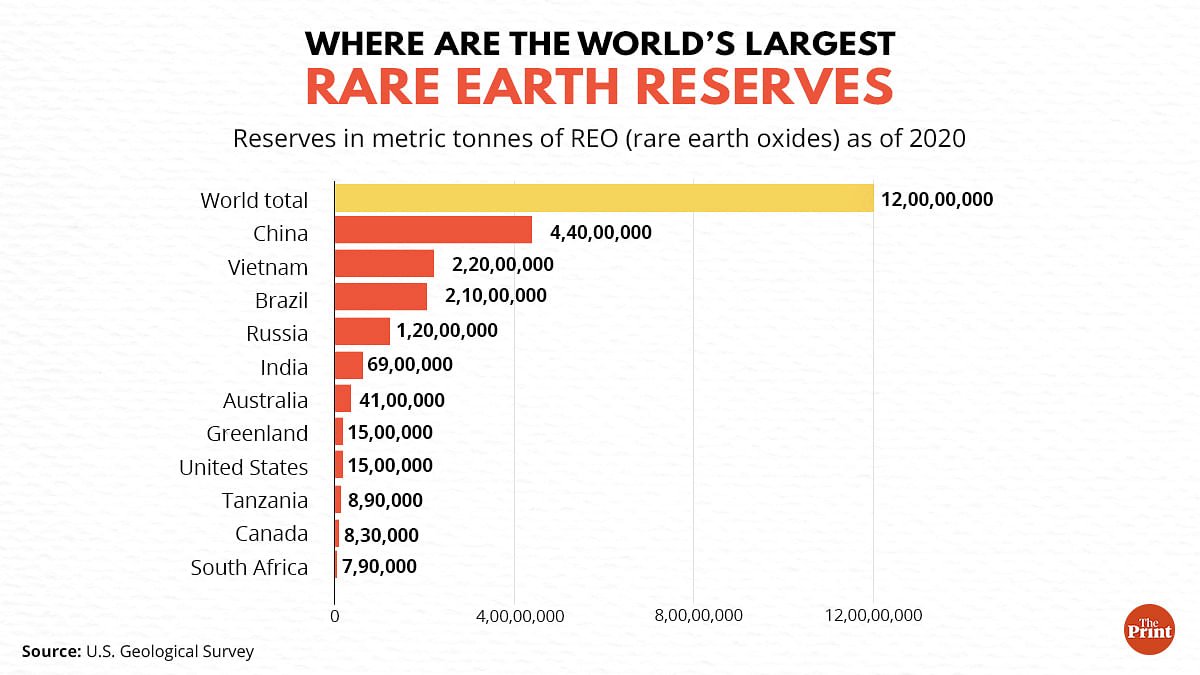

{GS1 – Geo – PG – Geomorphology} Earthquake in Afghanistan
Why is Afghanistan Prone to Earthquakes?
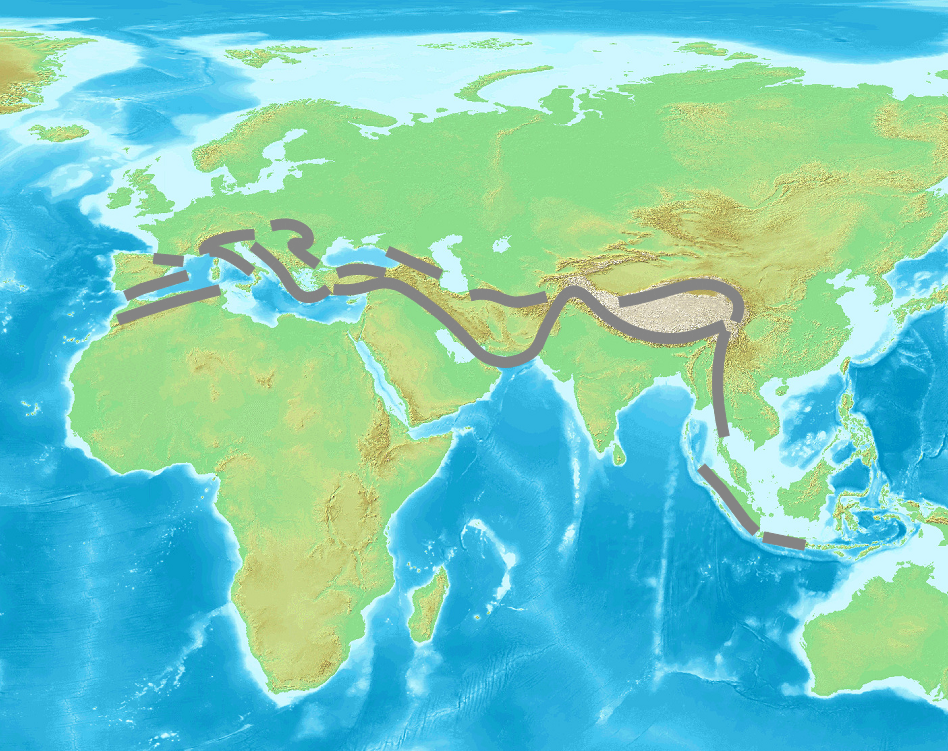
Location in Alpide Belt (or Alpine-Himalayan Orogenic Belt)
- Afghanistan is earthquake-prone as it is located in the Hindu Kush region, part of the Alpide belt.
- The Alpide belt is the second most seismically active region globally, after the circum-Pacific belt.
- It is a young mountain belt that runs from the Atlantic to the Himalayas.
- The Alpide belt formed when the Tethys Ocean closed due to the collision of the African, Arabian, and Indian Plates with the Eurasian Plate.
- The collision of the plates along the convergent plate boundary results in frequent seismic activities.
Faultlines
- A faultline is a line on a rock surface or the ground that traces a geological fault.
- A fault is a fracture in the Earth’s crust where two blocks of rock moves relative to each other.
- If the rock blocks move rapidly, it releases energy which causes earthquakes.
- One of the factors due to which fault occurs is plate collision.
- Afghanistan is located on top of a number of fault lines where the Indian and Eurasian plates meet.

For details on Earthquake and Plate Tectonics > PMF IAS Physical Geography
{GS1 – MIH – Personalities} Jayprakash Narayan
- Context (TH): Jayaprakash Narayan (Lok Nayak) was an independence activist, socialist and political leader.
- He was the founder and general secretary of the Congress Socialist Party and the Socialist Party.
- Jawaharlal Nehru invited him to join his government, but he declined.
- After 1955, he quit active politics and joined the Bhoodan movement.
- He became the symbol of opposition to Emergency and was the moving force behind the formation of the Janata Party.
Jayaprakash Narayan’s Role in the Restoration of Democracy
- Jayaprakash Narayan organised a massive demonstration in Delhi’s Ramlila grounds on 25 June 1975 for Indira Gandhi’s resignation.
- He announced a nationwide satyagraha and asked the army, the police, and government employees not to obey “illegal and immoral orders”.
- In response, GoI invoked Article 352 of IC and declared an emergency on the grounds of internal disturbance.
- After the emergency, the Janta party formed a government, and JP became the popular symbol of the restoration of democracy.
Congress Socialist Party (CSP)
|
{GS2 – IR – Groups & Organizations} Indian Ocean Rim Association (IORA)
- Context (TH): Sri Lanka is set to take over as Chair of the Indian Ocean Rim Association (IORA).
- The IORA was established in 1997 as an intergovernmental organisation of States on the rim of the Indian Ocean.
- Its apex body is the Council of Foreign Ministers, which meets annually.
- The secretariat is in Ebène Mauritius and is overseen by a secretary-general appointed for three years.
- The Association’s membership has expanded to 23 member states and 11 dialogue partners.
- The IORA has six critical areas of focus:
- Maritime security
- Trade and investment facilitation
- Fisheries management
- Disaster risk reduction
- Academic and scientific cooperation
- Tourism promotion and cultural exchanges
- IORA has identified Blue Economy and Women’s Economic Empowerment as two areas of interest.
- The member countries are from various regions:
- Asia: India, Bangladesh, Indonesia, Iran, Malaysia, Maldives, Oman, Singapore, Sri Lanka, Thailand, United Arab Emirates and Yemen
- Africa: Kenya, Madagascar, Mozambique, Somalia, South Africa, Tanzania, Comoros, Mauritius, Seychelles
- Oceania: Australia
- Europe: France
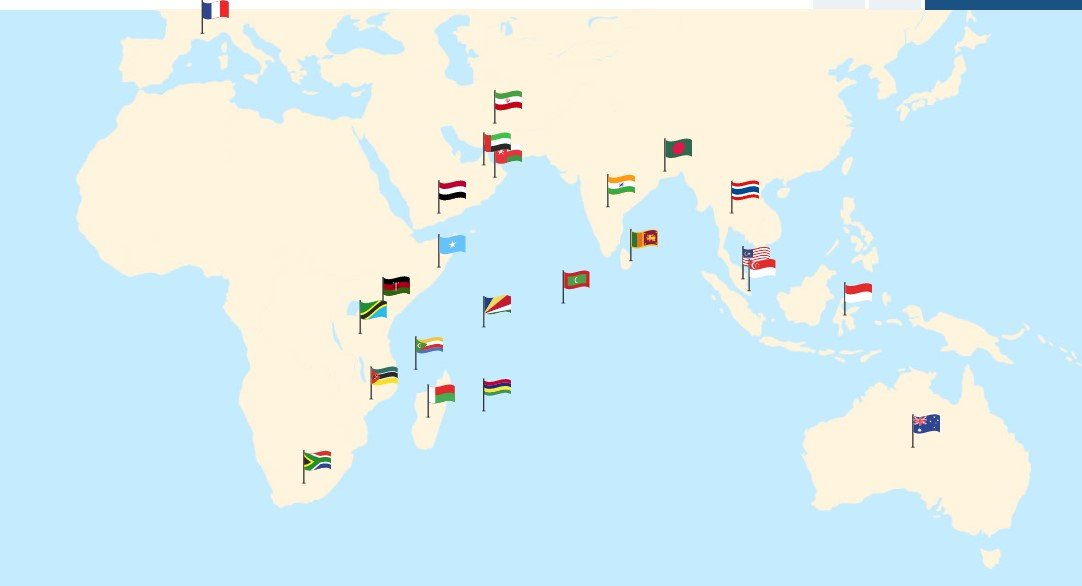
{GS2 – IR – India-China-Bhutan} Sino-Bhutanese Boundary Negotiations
- Context (TH): In 2021, Bhutan and China signed a MoU for a “three-step Roadmap” to expedite border resolution talks and demarcate their boundary.
- Bhutan shares a 477 km border with Tibet, which has never been officially recognised/demarcated.
- The border dispute between China and Bhutan originated when China occupied Tibet in 1950 and refused to acknowledge the border between Tibet and Bhutan.
- China lays claim over territory in northcentral and western Bhutan. It includes:
- Pasamlung and Jakarlung valleys (in north)
- Doklam, Dramana, and Shakhatoe (in west)
- In 2020, China staked a claim on Sakteng Wildlife Sanctuary (in the easternmost part of Bhutan).
Doklam Plateau
- It is close to the tri-junction between India, Bhutan, and China.
- Bhutan and China claim the region, and India supports Bhutan’s position.
- The Doklam plateau is of great security importance to India. The dominance of the Chinese in the Doklam Plateau could pose a threat to the Siliguri Corridor (Chicken’s Neck).
Siliguri Corridor
- It is a 22 km stretch of land in Siliguri in West Bengal that connects the Indian mainland with its northeastern states.
- China cites the 1890 China-Britain treaty to assert its claim over the Doklam Plateau.
Border Negotiations
- China and Bhutan started the border negotiations in 1984.
- In 1998, they signed a bilateral agreement to maintain border peace.
- In the agreement, China affirmed its respect for Bhutan’s sovereignty and territorial integrity.
|
Conclusion
- In 2012, India and China agreed that the tri-junction boundary points between India, China and third countries would be finalised in consultation with all concerned countries. Hence, the negotiations are a trilateral dialogue.
{GS2 – MoFAHD – Initiatives} A-HELP Program
- Context (PIB): The Accredited Agent for Health and Extension of Livestock Production (A-HELP) is a program by the Department of Animal Husbandry and Dairying (DAHD).
- It has been launched through an MoU between the DAHD (Ministry of Fisheries, Animal Husbandry & Dairying) and the NRLM (Ministry of Rural Development).
- It aims to enhance livestock health and women’s empowerment across several states.
- The program also empowers Pashu Sakhis, rural women trained to provide veterinary care and breeding assistance to livestock.
For more info on NRLM: {GS2 – MoRD – Schemes} DAY-NRLM August 2023 Current Affairs PMFIAS
{GS2 – MoHFW – Bodies} Indian Pharmacopoeia Commission (IPC)
- Context (PIB): The Indian Pharmacopoeia Commission (IPC) was declared a member of the Pharmacopoeial Discussion Group (PDG) during its annual meeting.
|
Pharmacopoeial Discussion Group (PDG)
- The PDG was established in 1989 with European, Japanese, and U.S. Pharmacopoeia representatives.
- Its objective is to facilitate the harmonisation of pharmacopoeial standards on a global level.
- In May 2001, PDG welcomed the World Health Organization as an observer.
Indian Pharmacopoeia Commission (IPC)
- The IPC is an Autonomous Institution of the Ministry of Health and Family Welfare.
- Its primary function is updating the standards of drugs required for treating diseases.
- It publishes official documents for improving the Quality of Medicines by adding new and updating existing monographs in the form of Indian Pharmacopoeia (IP).
Global Impact of IPC as a PDG Member
- Harmonization of Standards: IPC’s collaboration with global authorities will enhance the quality and safety of pharmaceuticals.
- International Recognition: Adherence to international quality standards can boost the global acceptance of Indian pharmaceutical products.
- Improved Regulatory Compliance: IPC’s interaction with PDG members will align India’s regulatory practices with global standards.
- Access to Global Markets: PDG membership will ease trade barriers, facilitating the export of Indian pharmaceutical products globally.
{GS2 – MoWCD – Initiatives} Malnutrition in Children
- Context (TH I TH): The Minister for Women and Child Development has launched a protocol for managing Malnutrition in Children at Anganwadi Level.
Protocol for Identification and Management of Malnutrition in Children
- 10-Step Guidelines: The protocol provides a detailed 10-step guideline for identifying and managing children with severe acute malnutrition (SAM) at the Anganwadi level. This includes decision-making for referral, nutritional management, and follow-up care.
- Healthy Weight Processes: It outlines the processes needed for achieving a healthy weight and comprehensive norms on dietary requirements for various levels of malnutrition among children.
- Appetite Tests: After identifying children through growth monitoring data, appetite tests will be conducted on all SAM children for medical complications.
- Nutritional Rehabilitation Centres: SAM children who fail the appetite test will be referred to Nutritional Rehabilitation Centres linked to medical centres.
- Buddy Mother Concept: The protocol includes unique initiatives like the “Buddy Mother” concept, first used in Assam, where a mother of a healthy baby guides the mother of a malnourished child at an Anganwadi centre weekly.
- First Time at Anganwadi Level: This is the first time this issue will be addressed at the Anganwadi level, strengthening the foundation of the nutrition ecosystem.
- Significance: The new guidelines aim to check malnutrition among children, which is being tackled through the implementation of ‘Poshan Abhiyan’. Identifying and treating malnourished children is a crucial aspect of Mission Poshan 2.0.
Severe Acute Malnutrition (SAM)
|
Malnutrition
- Malnutrition is a condition that arises from an imbalance in a person’s consumption of nutrients.
- It can manifest in various forms, ranging from deficiencies to excesses in the intake of these essential dietary components. There are two primary categories of malnutrition:
Undernutrition
- Undernutrition is characterised by inadequate intake or absorption of nutrients. It can lead to various health issues, including:
- Stunting: This is a condition where a child’s height is lower than the average for their age.
- Wasting: This refers to a low weight to height.
- Underweight: This refers to a person’s weight being lower than the average for their age.
- Micronutrient Deficiencies occur when a person’s diet lacks essential vitamins and minerals.
Overweight, obesity and diet-related noncommunicable diseases
- The condition is characterised by excessive intake of nutrients, leading to overweight and obesity.
Malnourishment in children
- In India, malnourishment in children (stunting, wasting and underweight) under five years has reduced as per NHFS-5 (2019-21).

Welfare of Women and Children
Saksham Anganwadi & Poshan 2.0 (centrally sponsored scheme)
Mission Shakti
Sambal sub-scheme
Samarthya sub-scheme
Mission Vatsalya
|
{GS2 – MoYAS – Bodies} Mera Yuva Bharat (MY Bharat)
- Context (PIB): The Union Cabinet has approved the establishment of an autonomous body, Mera Yuva Bharat (MY Bharat), under the Ministry of Youth Affairs and Sports (MoYAS).
- It aims to be a technology-driven platform for youth and youth-led development.
- It will act as a one-stop shop for young people and ministries.
- It will serve as a bridge (Yuva Setu) between the Government and citizens.
Features
- Mera Yuva Bharat (MY Bharat) benefits youth aged 15-29.
- It focuses on:
- Leadership development
- Social innovation
- Aligning youth with development
|
- It improves efficiency through the convergence of existing programs.
- It creates a centralised youth database and improves communication.
{GS2 – Polity – IC – Parliament} Disqualification of MP
- Context (TH): Lakshadweep MP Mohammed Faizal was convicted and sentenced to 10 years of imprisonment by the Kavaratti Sessions Court for attempting to kill Mohammed Salih.
- Subsequently, he was disqualified from LS.
- Faizal moved an appeal challenging the decision of the session court to Kerala HC.
- In January 2023, the Kerala HC suspended the conviction and sentence.
- The Kerala HC reasoned that:
- The case falls within the category of rare and exceptional circumstances.
- The ramifications of not suspending the conviction are enormous.
- In a democracy, the decriminalisation of politics is very important. However, the court considers the societal interest in avoiding costly elections when an elected candidate’s term is limited.
- In October 2023, Kerala HC refused to stay the conviction, though it stayed the sentence.
- Subsequently, Faizal was disqualified from the LS by the Lok Sabha Secretariat.
- The court reasoned that criminalisation of the election process is of grave concern to democracy.
- The HC relied on the SC’s recent decision to suspend the conviction of Rahul Gandhi.
- Faizal moved to SC, challenging the decision of HC, which refused to suspend the conviction.
- SC stayed the HC order and ordered to restore his membership.
Rahul Gandhi v. Purnesh Ishwarbhai Modi case (2023)
- SC stated that conviction cannot be suspended by only looking at the ramifications, but the Court has to consider all relevant aspects.
- The Court can suspend an order of conviction:
- If the court was satisfied that the case was frivolous.
- Only in rare cases, and that too only under special circumstances.
- To ensure that the convicted person does not suffer from a certain disqualification or damage that cannot be undone.
- However, the court must look into all other aspects before the conviction is suspended or stayed.
Article 102 of IC: Disqualifications From Membership
- A person shall be disqualified for being chosen (elected) as, and for being, a member of either House of Parliament:
- If he holds any office of profit under the GoI or the Government of any State other than an office declared by Parliament not to disqualify its holder.
- If he is of unsound mind and stands so declared by a competent court.
- If he is an undischarged insolvent (a person who cannot repay his debts, and if he remains in that position, he is an undischarged insolvent).
- If he is not a citizen of India or has voluntarily acquired the citizenship of a foreign State or is under any acknowledgement of allegiance or adherence to a foreign State.
- If he is disqualified under any law made by Parliament.
- A person shall be disqualified from being a member of either House of Parliament if he is disqualified under the Tenth Schedule (anti-defection law).
Representation of the People Act, 1951 (RPA)
- Section 8(3) of the RPA bars a person from contesting elections for six years in addition to the period of conviction if he/she is convicted for two years or more under any offence.
- Section 8(4) of the RP Act (declared unconstitutional by SC in 2013) allowed convicted MPs, MLAs, and MLCs to continue in their posts, provided they appealed against their conviction/sentence in higher courts within three months of the date of judgment by the trial court.
- Section 8(4) creates two classes of convicts:
- The common man who, on conviction, cannot contest elections for MPs and MLAs
- Sitting MPs and MLAs who continue to be treated as not convicted despite being found guilty of an offence by a court of law.
Lily Thomas v Union of India case, 2013
- In Lily Thomas v Union of India (2013), the SC said that a lawmaker stands immediately disqualified on attracting a sentence of two years or more unless a higher court stays the conviction.
- The top court had struck down Section 8(4) of RPA as unconstitutional, which provided a three-month window to file an appeal and continue as a lawmaker until the case is disposed of.
{GS2 – Vulnerable Sections – Women} India’s Abortion Laws
- Context (TH | IE | IE): The Supreme Court has put on hold the termination of 26-week-old-pregnancy after concerns were raised by AIIMS doctors.
Concerns Associated with Termination of 26-Week-Old-Pregnancy
Viable Baby
- The baby is currently viable meaning it will show signs of life and has a strong possibility of survival.
- Hence, the doctor needs a directive on whether foeticide can be performed before termination.
- This procedure is performed on a foetus with an abnormal development, not on a normal fetus.
Preterm Baby with High Probability for Disability
- If foeticide (killing a fetus) is not performed, it will not be a termination but a preterm delivery.
- A preterm baby has a higher risk of disabilities that can jeopardise its quality of life.
- If parents agree to keep the child, it will create major physical, mental, emotional, and financial burden.
- If such a child goes for adoption, the process must be clearly spelt out.
Abortion Laws in India
Indian Penal Code (IPC), 1860
- IPC provisions declare abortion illegal, except when necessary to save the pregnant woman’s life.
|
Indian Penal Code |
Deals with |
| IPC 312 | Miscarriage caused voluntarily |
| IPC 313 | Miscarriage caused without the consent of the woman |
| IPC 314 | Act of miscarriage causes the death of a woman |
| IPC 315 | Act done to prevent the birth of a child or which leads to the death of the child immediately after being born |
| IPC 316 | Act amounting to culpable homicide |
Medical Termination of Pregnancy (MTP) Act, 1971
- Based on the report of the Shantilal Shah Committee, the MTP Act 1971 was enacted.
- MTP Act 1971 is a law that legalised abortion in India under certain circumstances.
|
Circumtances Under Which Abortions Can be Performed
- Continuing the pregnancy would risk the woman’s life or physical and mental health.
- If there is a high risk of the child being born with a serious physical and mental disability.
- If the pregnancy results from contraceptive failure or rape (as it injures a woman’s mental health).
Stages of Abortion
- Upto 12 weeks pregnancy: at the advice of one medical practitioner.
- From 12 to 20 weeks pregnancy: at the advice of two medical practitioners.
Medical Termination of Pregnancy (MTP) Amendment Act, 2021
Salient Features of MTP Act 2021
- Increase in Upper Gestation Limit: Upper gestation limit has been enhanced from 20 to 24 weeks for special categories of women.
- No Upper Gestation Limit: Upper gestation limit not to apply in cases of substantial foetal abnormalities diagnosed by Medical Board.
- Opinion Required: One medical practitioner’s opinion will be needed up to 20 weeks of pregnancy, while two will be required for termination between 20-24 weeks.
- Confidentiality: The identity of the woman who had an abortion must not be revealed except to people authorised by law.
- Marital Status and Age: Unmarried women can also terminate their pregnancy under the provisions mentioned in the MTP Act 2021. However, for a minor, the consent of a guardian is required.
Women Who Can Terminate 20 to 24 Weeks of Pregnancy
- Sexual assault or rape or incest survivors
- Minors
- Physically disabled women
- Substantial risk to the fetus
- Mentally retarded women
- A child who has the risk of physical or mental abnormalities if the pregnancy is allowed
- A pregnant woman during government-declared disasters, emergencies, or humanitarian crises.
|
Gestation Time |
Requirement for Terminating Pregnancy |
|
|
MTP Act 1971 |
MTP Act 2021 |
|
| Up to 12 weeks | Advice of one doctor | Advice of one doctor |
| 12 to 20 weeks | Advice of two doctors | Advice of one doctor |
| 20 to 24 weeks | Not allowed | Two doctors for some categories of pregnant women |
| More than 24 weeks | Not allowed | Medical Board in case of substantial foetal abnormality |
| Any time during the pregnancy | One doctor, if immediately necessary to save pregnant woman’s life | |
Abortion Rights vs Ethics
- From an ethical standpoint, the debate over pregnancy termination is between a woman’s right over her body and the foetus’s right to life.
Pro-life or Anti-abortion Argument
- Human Rights Principle: A fetus or embryo has a right to life from conception. So, aborption violates the universal right to life.
- Mens Rea Principle: This principle states that people should not be punished for crimes they did not intend or know about. But abortion goes against this principle.
- Harm Principle: Abortion violates the Harm Principle, which states that no one should inflict serious harm on others.
Pro-choice or Pro-abortion Argument
- It states that the woman should be free to make her own decisions as an individual.
- They consider the foetus not a live human being during conception.
Way Forward
- Abortion is a complex issue with no easy answer for policymakers.
- They must balance women’s right to bodily autonomy with the right of the fetus to life.
- They must also consider the impact of abortion laws on women, families, and society.
{GS3 – IE – Taxation – Indirect} 52nd GST Council Meeting
- Context (HT I IE I PIB): The 52nd GST Council recently met under the Chairpersonship of the Union Minister for Finance & Corporate Affairs.
Critical points on the changes in GST rates of goods
- Millet Flour: GST rates for “Food preparation of millet flour in powder form, containing at least 70% millets by weight” have been prescribed as:
- 0% if sold in other than pre-packaged and labelled form.
- 5% if sold in pre-packaged and labelled form.
- Imitation Zari Thread: Attracts 5% GST with no refund to metallised polyester/plastic film inversion.
- Extra Neutral Alcohol (ENA): The Council recommended keeping ENA used in alcoholic liquor for human consumption outside GST.
GST Council
- Goods and Services Tax Council is a constitutional body established under Article 279A.
Structure of GST Council
- The Goods and Services Tax Council shall consist of the following members:
- Chairperson: The Union Finance Minister.
- Member: The Union Minister of State in charge of Revenue or Finance.
- Members: The Minister in charge of Finance, Taxation, or any other Minister nominated by each State Government (States and UTs with legislature).
- Quorum: One-half of the Members of the GST Council shall constitute the quorum at its meetings.
- Voting weightage:
- Central Government has a voting weightage of one-third of the total votes cast and
- The votes of all the State Governments taken together shall have a weightage of two-thirds of the total votes cast in that meeting.
- Every decision of the GST Council shall be taken at a meeting by a majority of not less than three-fourths of the weighted votes of the members present and voting.
The Mandate of GST Council
- The GST Council shall make recommendations to the Union and the States. These include:
- Tax rates under GST.
- Any special rates for a specified period to raise additional resources during natural disasters.
- Model GST Laws.
- The goods and services that may be subjected to or exempted from the GST.
- The threshold limit of turnover below which goods and services may be exempted from GST.
- The date on which the goods and services tax be levied on petroleum crude, high-speed diesel, motor spirit (petrol), natural gas and aviation turbine fuel.
- To establish a mechanism to adjudicate any dispute.
SC on GST Council recommendation
|
For more information on GST: {GS3 – IE – Taxes – Indirect} GST August 2023 Current Affairs
{GS3 – S&T – Cyber Security} Bharat NCX 2023
- Context (PIB): The Principal Scientific Advisor of GoI launched ‘Bharat NCX 2023’.
- This is the second edition of the National Cyber Security Exercise, which will take place over twelve days from October 9 to 20, 2023.
- The National Security Council Secretariat (NSCS) and Rashtriya Raksha University (RRU) jointly conduct the program.
- The exercise aims to educate key personnel on cyber threats and incident management, enhance leaders’ understanding of these threats, and develop skills for crisis management.
{Prelims – In News} Operation Ajay
- Context (TH): India Launched “Operation Ajay” to bring back Indians from Israel.
- Operation Ajay is an arrangement by GoI to repatriate its citizens from Israel and Palestine.
- It will facilitate the return of Indian citizens through chartered flights.
Recent Operations by GoI
- Operation Kaveri: To bring back Indian citizens from conflict-torn Sudan.
- Operation Ganga: To evacuate Indian students from Ukraine after the Russian invasion.
- Operation Devi Shakti: To bring back Indians when Afghanistan was under attack from the Taliban.
- Operation Vande Bharat: To bring back millions of citizens from various countries in the early months of the COVID-19 pandemic when shutdowns were being announced across the globe.




![PMF IAS Environment for UPSC 2022-23 [paperback] PMF IAS [Nov 30, 2021]…](https://pmfias.b-cdn.net/wp-content/uploads/2024/04/pmfiasenvironmentforupsc2022-23paperbackpmfiasnov302021.jpg)


